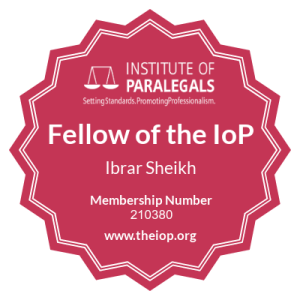When you’re a parent and you’re going through divorce or separation, one of the most important things to arrange is how you and your ex partner are going to share the costs of raising your children, now that you are parenting apart.
These pages – produced in partnership with the Child Maintenance Options service – explain about how you can financially support your children after divorce or separation.
You can call Child Maintenance Options on 0800 988 0988 or visit the Making Child Maintenance Arrangement pages on gov.uk
What Is Child Maintenance
Child maintenance is about providing help with a child’s everyday living costs. This includes things like food and clothes and helping to provide a home for your child or children. It is payable where the child is under 16 years of age or under 20 if they are in approved education or training.
Child maintenance is usually money that the parent without the main day-to-day care of a child pays to the other parent. But, sharing the care of your children and buying things directly for them can also be included in family-based child maintenance arrangements, if both parents agree to it.
About half of the children who live in separated families in Great Britain benefit from an arrangement where both parents contribute financially.
Many of these arrangements were made using the Child Maintenance Service (CMS). That’s because the law used to say that if the parent with the main day-to-day care was receiving state benefits, they had to make their child maintenance arrangements this way.
Since the law changed, all parents – including those receiving benefits – can choose whether to use the CMS and set up a family-based child arrangement instead.
This is an arrangement between parents which doesn’t involve anyone else. You might also have heard it called a family arrangement, a voluntary arrangement or private agreement.
Family-based arrangements give parents a greater degree of flexibility and control. For example, parents can decide between themselves what counts as child maintenance and when it should be paid.
Parents can also go through the courts to arrange child maintenance, if a family-based arrangement isn’t right for them.
Why is it important?
Having a child maintenance arrangement can make a significant difference to a child’s well-being, because it can help create a more stable environment for them.
What’s more, research shows that the more that both parents are interested and involved in a child’s life, the more likely they are to do well at school, stay out of trouble and develop self-esteem and healthier relationships as an adult.
Most parents want what’s best for their children and understand that they don’t stop being a parent just because their relationship with the other parent ends. This includes being responsible for financially supporting their children.
How much child maintenance?
How much child maintenance should be paid is a common question for most separated parents? The answer will depend on the individual circumstances of you and your separated family.
Most separated parents find that the best way to agree on a child maintenance amount is to do the following:
- Look at how much money you and the other parent have got coming in and going out.
- Work out what your child needs and what these things cost.
- Decide between you who should pay for what.
We have a range of tools that can help you with this.
Our budget planner will show how much money you have coming in, what’s going out and what you have left over.
Our expenditure form aims to help you work out what your child’s needs are.
How you decide to share the cost is up to the two of you. For example, you might decide to ‘split the difference’. Or you might want to vary the amount according to how much you each earn. Another way is to agree that one parent pays for the larger one-off expenses, while the other pays for day-to-day costs.
Remember, if you make a family-based arrangement, you can always change your child maintenance payments if your circumstances change in the future, if you and your ex agree to it.
For more about family-based arrangements, see our section Agreeing child maintenance.
If you’re finding it hard to reach an agreement
If you’re struggling to agree on a child maintenance amount, we’ve got some tips and suggestions to help you talk things through, in our section Talking about child maintenance .
You can also use our child maintenance calculator to find out how much your child maintenance payments would be if you used the Child Support Agency. This figure is only an estimate, but you could use it as a starting point for discussing your family-based arrangement.


